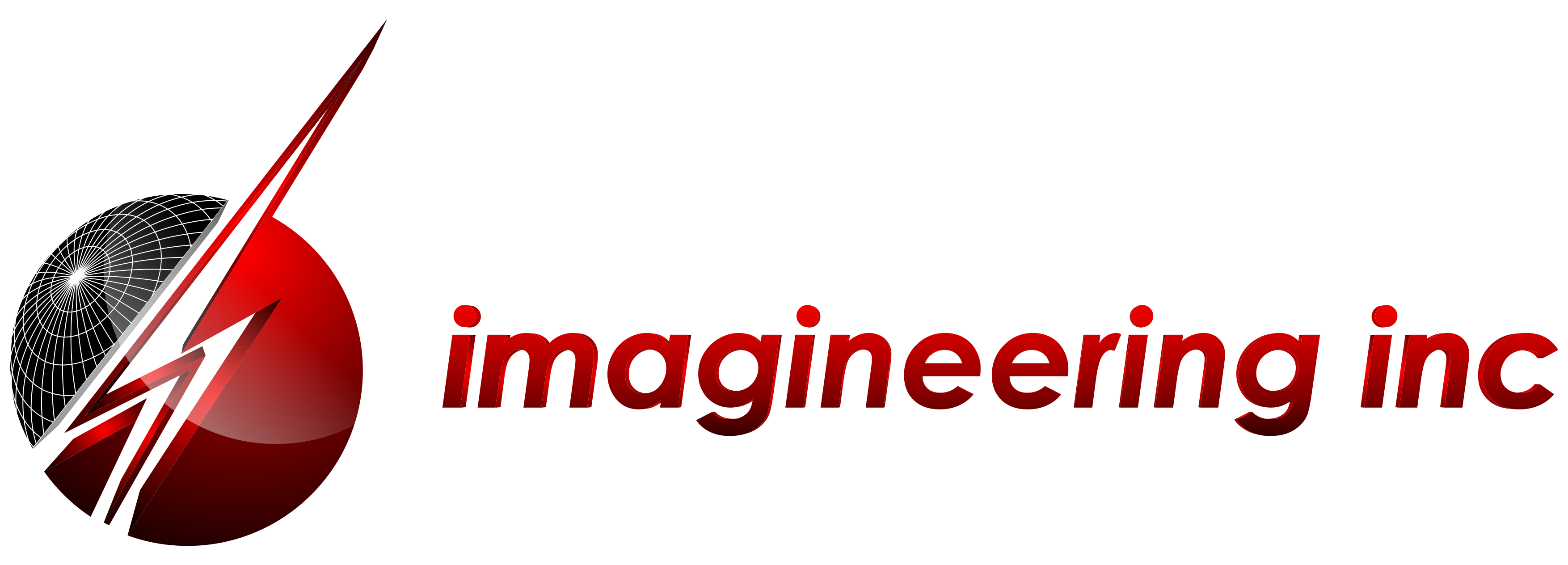PCB for aviation requires the highest degree of reliability and the lowest margin of error. While most printed circuit boards are designed for general conditions, aviation can subject PCBs to extreme conditions like high heat, long periods of operation, radiation, chemicals, and other hazards. Thus, to protect the interests of aviation, space travel, satellites, and national defense, strictures on printed circuit boards are extremely judicious.
When it comes to designing printed circuit boards for aviation, quality assurance is not optional. In this blog, we outline three of the most essential considerations for designing PCB for aviation.
3 Considerations You Need to Know Regarding PCB for Aviation
AS9100D Certification and IPC Class 3 Reference Standards
The AS9100D certification is an industry standard that guides the design, development, and production of products within aviation, space, and defense, as prepared by the International Aerospace Quality Group. While it guides the practices of every stage of the process, it plays a critical role in all PCB standards for aviation, including fabrication and assembly.
AS9100D certification guides along five central processes in aerospace and aviation:
- Quality management systems
- Management responsibilities
- Resource management
- Product realization
- Measure of improvement
In addition to the initial AS9100 certification, the latest iteration includes additional measures for success, such as product safety, risk-based thinking, counterfeit parts prevention, and human error.
Although AS9100D certification is not required by law, it is considered by many to be an essential practice in PCB for aviation, as it ensures rigorous testing and the highest quality printed circuit boards. It is essential that companies in the aerospace field use certified manufacturers throughout their process to achieve the best results. It shares much in common with the ISO9001 standard, but with additional PCB requirements specific for aviation.
The IPC Class 3 Standard is an additional series of rules dictating the quality of printed circuit boards. These PCBs have the highest tolerances and life spans, which are required for technology designed for life-threatening conditions, such as military use or aviation. Under this classification, no imperfections, even visual flaws, are tolerated.
Naturally, both the AS9100D certification and the IPC Class 3 standard require much slower manufacturing times due to inspection and precision. This makes manufacture slower and more expensive, but provides optimal results.
Thermal Management
The extreme environment that aviation PCBs operate in require them to work in conditions that normal printed circuit boards may melt in. High temperature PCB practices are required to ensure that these boards operate.
A high temperature circuit board needs to be able to operate in conditions where the glass transition temperature is greater than 170°C, aiming for a continuous thermal load 25°C below the transition temperature.
To do this, two things are required: heat distribution, and materials optimized for thermal conductivity.
Heat distribution occurs through convection and conduction. These can be managed through heat sinks that redirect heat through corrugated structures with a large surface area, and copper or aluminum backing that transfers heat towards the heat sink.
Materials such as heavy copper are optimized to manage these temperatures by boosting the current-carrying capacity, reduced heat generation, and improved heat dissipation. Additionally, materials like FR-4 have properties such as flame resistance, chemical resistance, and low ash and smoke formation.
Flex and Rigid-Flex PCBs
Due to the nature of high-heat environments and adapting printed circuit boards to small or unusually shaped spaces, flex PCBs are commonly used in PCB for aviation. Because they are generally made out of polyamide rather than FR-4, flex PCBs are very light and can conform to non-traditional spaces by being curved. This also makes them particularly resilient to vibrations or turbulence.
Rigid-flex PCBs combine both rigid and flex PCBs, making them ideally suited to situations that require both options to achieve optimal results.
PCB for Aviation Requires Flawless Manufacturing. Imagineering Can Help
With numerous considerations required for printed circuit boards in aviation, nothing less than perfection is acceptable. You need a PCB manufacturer that you can trust for the best results every time.
Imagineering has been a world-class pioneer in printed circuit board fabrication and assembly since 1986. Every board we make meets Class 3 Standards, and we are an AS9100D-certified company.
From prototypes to complex multilayer projects, Imagineering can help. Contact us today to get a quote on your next PCB project.


